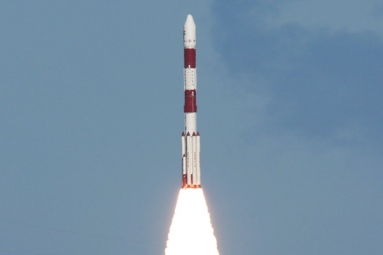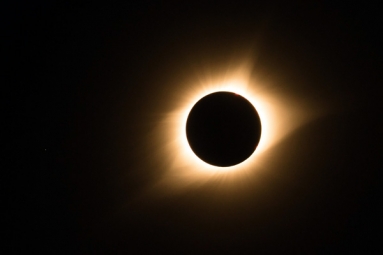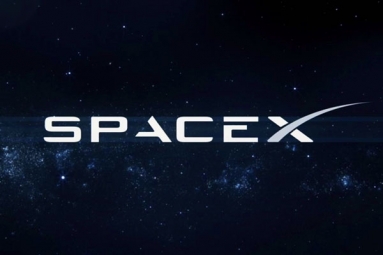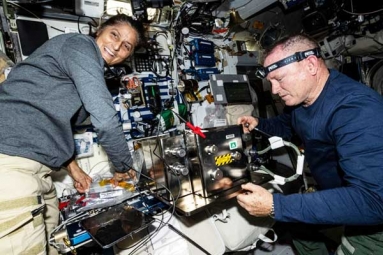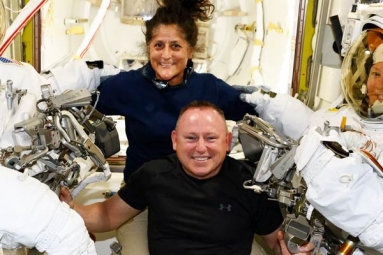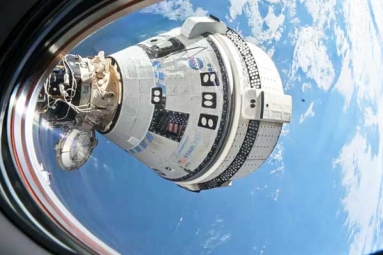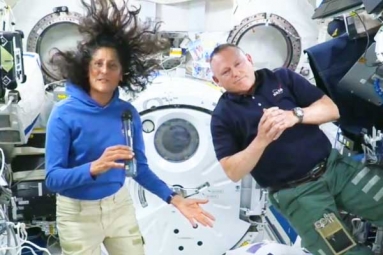
Polls have shown NASA to be the second-most trusted government institution, behind only the Centers for Disease Control and Prevention.
The public has less appreciation for the work NASA has done on its home planet. NASA’s $2-billion-a-year earth-science program has long been tracking global-scale environmental conditions on Earth, including climate change.
But with the election of Donald Trump, there was immediate concern, inside NASA and among the supporters of its valued work on global warming, regarding the future of the agency’s earth-science program. Shortly after Trump’s acceptance speech on Nov. 9, an internal email from a senior official in the Earth Sciences division at NASA’s Goddard Space Flight Center had been circulated within NASA, acknowledging worry that “funding may now be exposed to severe reductions.”
The most visible advisor of Trump on space policy had been Bob Walker, a former House Science committee chairman who now has been a space-policy lobbyist pressing to move “Earth-centric” and “heavily politicized” climate science out of NASA altogether. Christopher Shank, who had been chosen by Trump to lead the transition at NASA, is a seasoned strategist who had already expressed a strong skepticism about the severity of global warming.
In the last few years it has seen intensifying moves against the investments of Obama administration in climate science in hearings led by Ted Cruz, the Texas Republicans Sen. and Rep. Lamar S. Smith, whose views on NASA and climate, parallel to those of Walker had built around the notion that NASA needs to focus on outer space, not back on Earth.
Smith put it in 2015, “There are 13 other agencies involved in climate-change research, but only one that is responsible for space exploration.”
NASA’s Earth Science Division, has seen its budget fluctuate regularly with turnover in the White House. George H.W. Bush, building on a 1987 report by astronaut Sally Ride, had funded a program that came to be known as the “Mission to Planet Earth.”
By Prakriti Neogi






